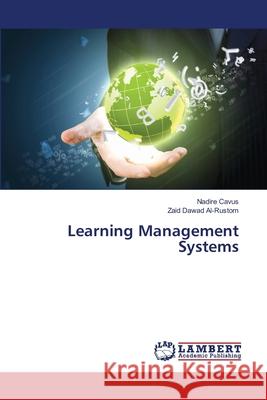Learning Management Systems » książka
Learning Management Systems
ISBN-13: 9783659498947 / Angielski / Miękka / 2013 / 80 str.
As a result of the use of internet in education in the globalised world, distances have become meaningless. Internet is currently used in all aspects of everyday life. The traditional classroom based teaching and learning is changing with the advances in the internet technology. Nowadays many colleges and universities are offering distant learning sourses. Such courses are well suited to individuals who cannot attent to classes because of their work or family commitments. In order to carry out effective and efficient distant teaching courses it is necessary to use Learning Management Systems (LMS). These are software packages which are available as either Open Source, or commercially. This book is about LMS systems and their use in distant education. You can use LMS to teach a fully online course or to supplement a face-to-face course in a traditional setting. The book describes the advantages, disadvantages, and the features of commonly used LMS systems. At the same time, the book is a useful source for administrators, faculty, instructional designers, and course developers interested in the technological solutions and methods of online education.
As a result of the use of internet in education in the globalised world, distances have become meaningless. Internet is currently used in all aspects of everyday life. The traditional classroom based teaching and learning is changing with the advances in the internet technology. Nowadays many colleges and universities are offering distant learning sourses. Such courses are well suited to individuals who cannot attent to classes because of their work or family commitments. In order to carry out effective and efficient distant teaching courses it is necessary to use Learning Management Systems (LMS). These are software packages which are available as either Open Source, or commercially. This book is about LMS systems and their use in distant education. You can use LMS to teach a fully online course or to supplement a face-to-face course in a traditional setting. The book describes the advantages, disadvantages, and the features of commonly used LMS systems. At the same time, the book is a useful source for administrators, faculty, instructional designers, and course developers interested in the technological solutions and methods of online education.











